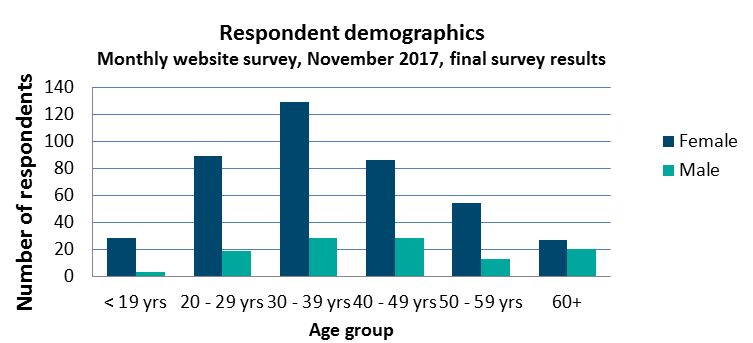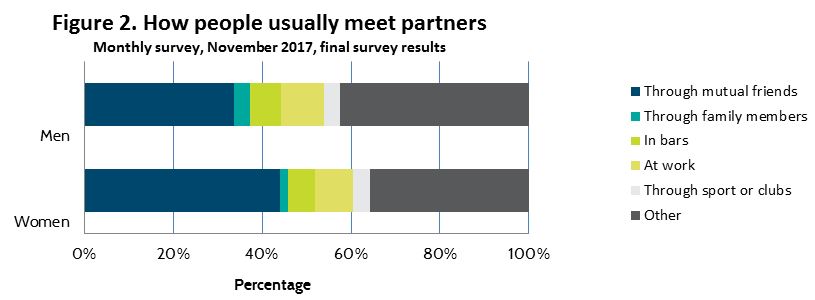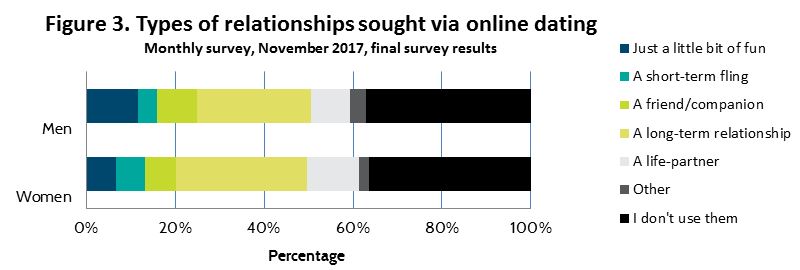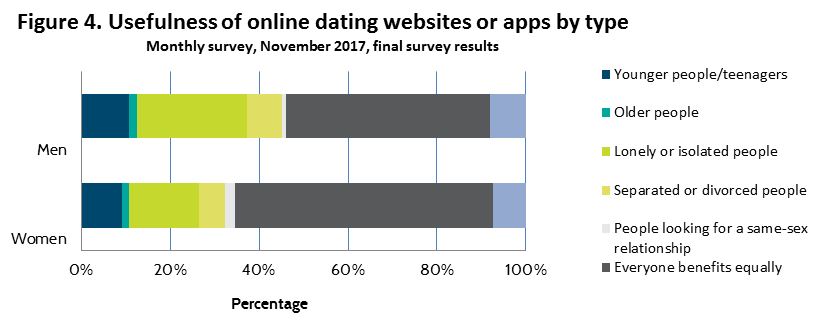Introduction
Over the past two decades there has been an increasing trend towards people using the internet and dating applications to meet new partners.
While there are no official statistics on the number of Australians using online dating sites, with industry bodies claim that around 4.5 million Australians are using this dating method each year, with online dating being the second most preferred way to meet a new partner behind introductions through family and friends. This is ahead of other traditional channels including interest-based clubs, holidays, pubs or bars, work and social networking sites. Reduced stigma has promoted increases in online dating at all ages.
Commentators claim the advantages of internet dating include: convenience and ease of access to a large number of potential partners, particularly for individuals interested in partners of a specific orientation, lifestyle, or if they live in an isolated area; the opportunity for determining common interests and chatting before actually meeting face-to-face; the chance to control the seriousness and speed of relationships being sought; and access to the compatibility ‘matching’ profiles of many sites.
However, there can also be negatives and users should exercise some caution with dating and romance scams accounting for over 30 per cent of total reported scam losses to the Australian Competition and Consumer Commission. Guidelines were developed in 2012 to encourage inclusion of appropriate scam warnings and information on websites; establishing vetting and checking systems to detect and deal with scammers; and make available to consumers a scam complaint handling mechanism.
Relationships Australia’s November 2017 monthly online survey asked respondents for their opinion on questions about their use and awareness of online dating.
Previous research finds that…
- Tinder claims 15 per cent of Australia’s population (almost 3.5 million people) use their app;
- Matchmaking website RSVP boasts that 1,200 new singles join the site every day, while eHarmony claims they are responsible for 11,000 Australian marriages since 2007;
- 75% of Millennials (18-33 year olds) using online dating are looking for a serious relationship; and
- 18% of Australians have paid for dating services, equivalent to $80.7 million each year.
Results
Just under 600 people responded to the Relationships Australia online survey in November 2017. Three-quarters (80%) of survey respondents identified as female.
As was the case for last month’s survey, more females than males responded in every age group (see figure 1). Eighty-five per cent of survey respondents were aged between 20‑59 years, with more than half (58%) of responses contributed by women aged between 20-49 years (inclusive).

The demographic profile of survey respondents remains consistent with our experience of the groups of people that would be accessing the Relationships Australia website.
There were no significant differences between the reports of men and women when they were asked to select from a list of traditional ways people usually met partners. Women (44%) were more likely to report that they usually met partners through mutual friends when compared to men (34%). A higher proportion of men (42%) when compared to women (36%) reported that they usually met partners through ‘other’ methods (see figure 2).

More than 60 per cent (62%) of women and 57 per cent of men reported that they had used online dating sites or applications to meet new partners. The types of relationships sought through online dating were not significantly different for men and women. Figure 3 shows that more than one-quarter of survey respondents used online dating to find long-term relationships, followed by relationships for fun (men-10%, women-7%).

Men (60%) were significantly more likely than women (42%) to consider online dating as safe. Fifteen per cent of men and 21 per cent of women consider online dating to be unsafe.
More than 50 per cent (51%) of women and 37 per cent of men thought that online dating did not lead to healthier, safer relationships than relationships where people meet in more traditional ways. In general, survey respondents reported that dating websites and apps benefited everyone, but were most useful to lonely or isolated people, or younger people and/or teenagers (figure 4).

References
Australian Consumer Commission (2015). Online dating industry report: A report on the ACCC’s participation in the 16th International
Consumer Protection Enforcement Network (ICPEN) internet sweep, Commonwealth of Australia.
ING DIRECT (2017). Cost of Dating Report. Accessed on 13/12/2017 at https://newsroom.ing.com.au/wp-content/uploads/2017/06/Media-release-Cost-of-dating-FINAL.pdf
RSVP (2014). Date of the Nation Report accessed 13/12/17 at www.medianet.com.au/releases/release-details/?id=838333
Special Broadcasting Service (2017). Has online dating encouraged singledom? Accessed on 13/12/2017 at www.sbs.com.au/news/insight/article/2017/02/09/has-online-dating-encouraged-singledom
